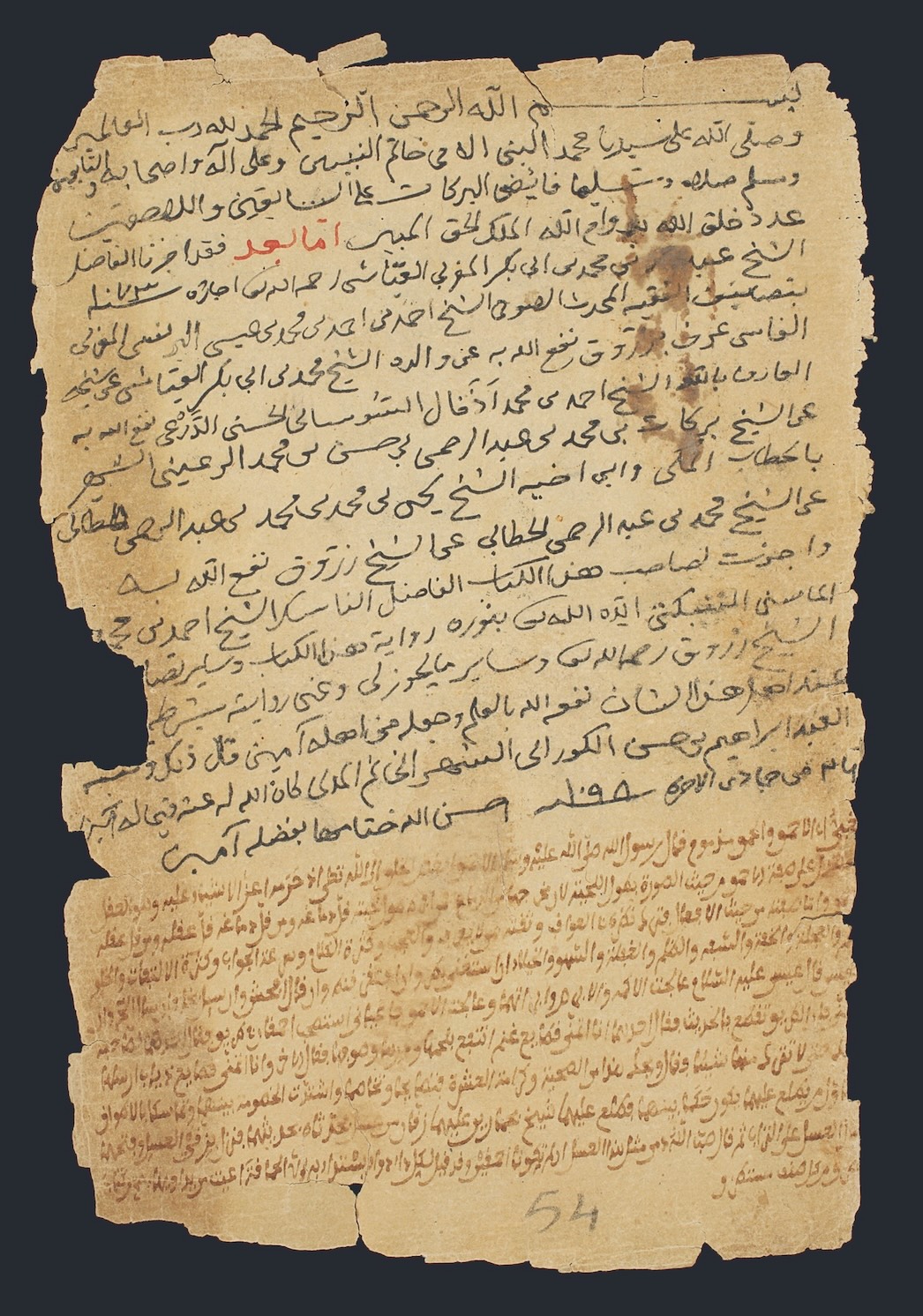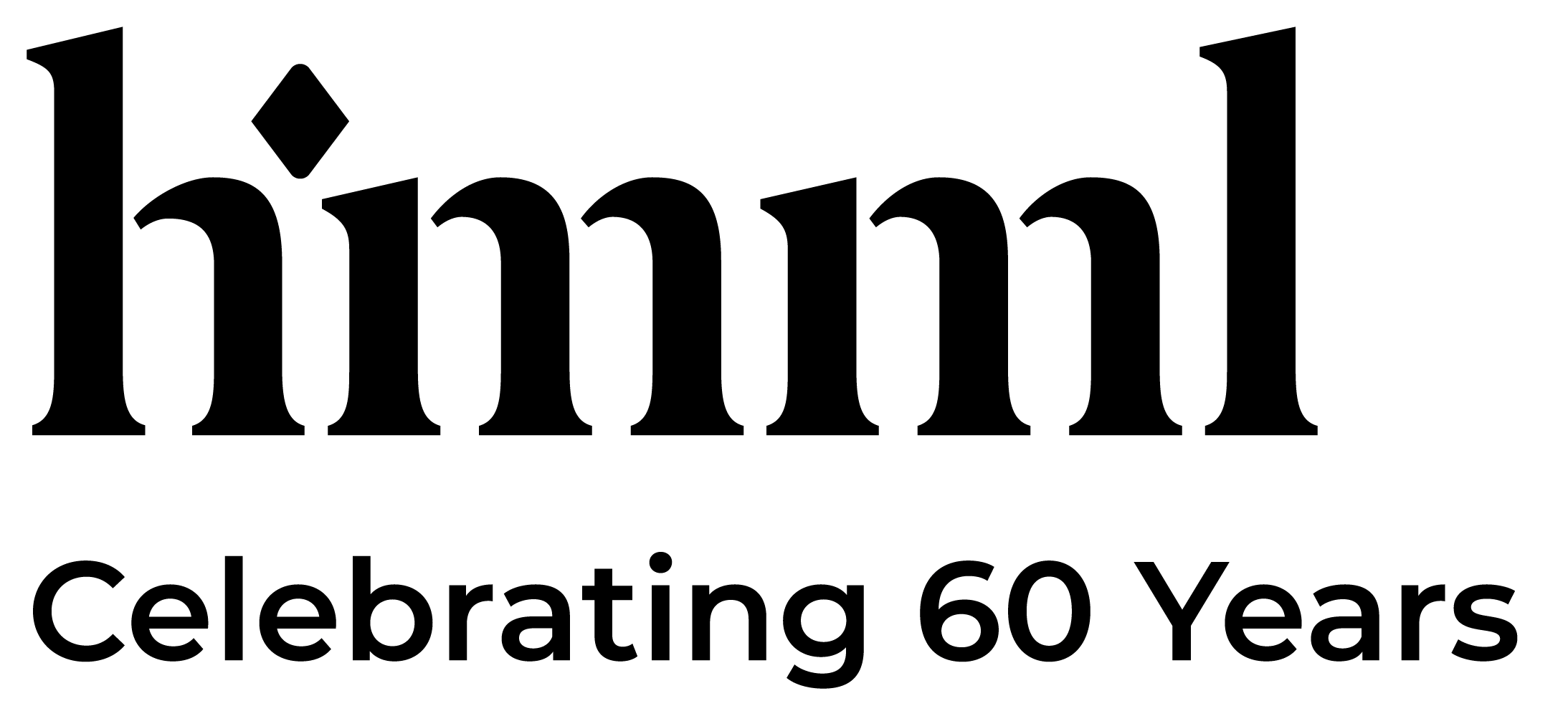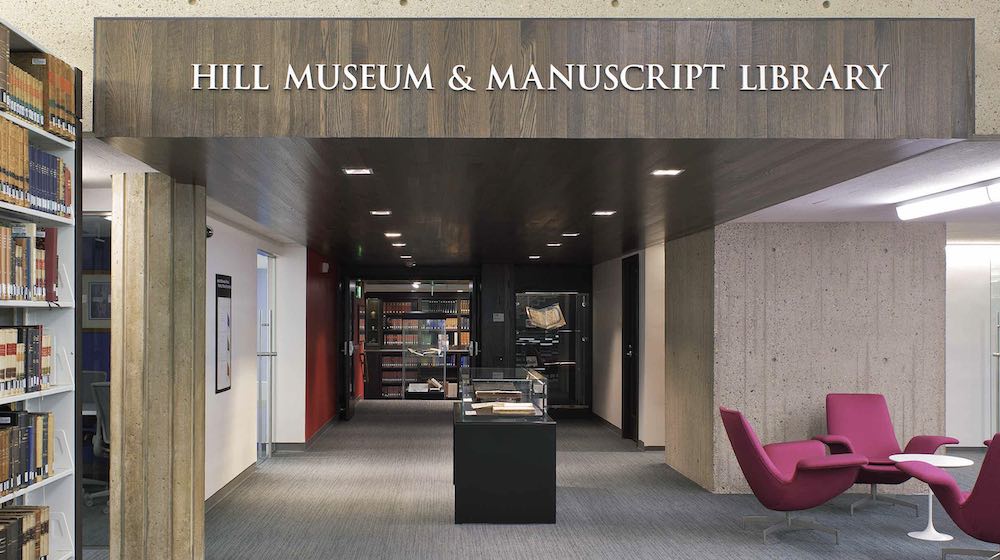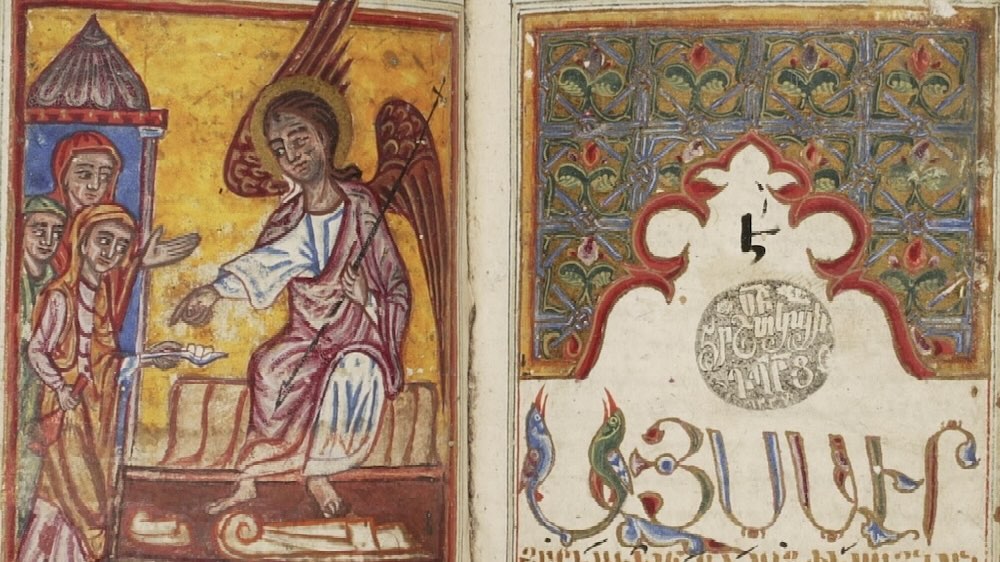Postscript — A Teaching License
Postscript — A Teaching License
A unique aspect of HMML Reading Room is that it allows us to see how texts travel among disparate people, places, and cultures. Sometimes a manuscript can pinpoint the exact moment of this knowledge transfer. One such manuscript is SAV ABS 03135.
The text is a commentary by Aḥmad Zarrūq (died 1493 CE) on Ibn ʻAskar’s legal treatise Irshād al-sālik, copied in 1687 CE in Medina (in present-day Saudi Arabia).
Our interest here is the page following the colophon, which features an ijāzah—a license allowing the bearer to teach the book to others. It states that on May 9, 1687 CE (the month after the manuscript was copied), Ibrāhīm ibn Ḥaṣan al-Kūrānī taught the book to its owner, the pilgrim Aḥmad ibn Muḥammad al-Māsinī al-Tinbuktī. The ijāzah traces the teachers of this book from its author, Aḥmad Zarrūq, to al-Kūrānī, who now accredits the copy made by his student and gives him permission to teach others.

The note transports us to the study sessions of teacher and pupil, meeting face to face, in the cosmopolitan environment of Medina centuries before talk of globalization. Al-Kūrānī was a prolific author and teacher belonging to the Naqshabandī Sufi order. Himself a Kurd from the region of present-day Iraqi Kurdistan, he taught at the Prophet’s Mosque in Medina and shared his knowledge with a diverse array of students. Al-Kūrānī is especially revered in Indonesia. One of his most famous Indonesian students was Shaykh Yusuf (Yusuf al-Makassari), who was exiled by the Dutch to South Africa in 1684 CE and is credited with introducing Islam to the Cape of Good Hope.
This ijāzah demonstrates that around the same time that Shaykh Yusuf was in Cape Town, al-Kūrānī was granting teaching licenses to at least one West African—the pilgrim Aḥmad ibn Muḥammad. We can imagine the richness of the conversations between Muslims from all across the world, and what an impact such exchanges must have had on individuals such as this pilgrim. Upon his return to Timbuktu, Aḥmad ibn Muḥammad would have passed this valuable ijāzah to his own students, preserving this moment of exchange for future generations.
What follows is a partial translation of the ijāzah:
“I was permitted to teach [this text] by ʻAbd al-Raḥmān ibn Muḥammad ibn Abī Bakr al-Maghribī al-ʻAbbāsī, may God have mercy upon him. This accreditation was in 1073 AH [1662–1663 CE] […] I pass my accreditation to the owner of this copy, the favored pilgrim Aḥmad ibn Muḥammad al-Māsinī al-Tinbuktī. May God assist him by His light to pass on this book, along with the remaining works of Shaykh Zarrūq […] and anything else that is permitted of me under the conditions established by the experts in this domain. May God make him benefit from this knowledge and make him among the knowledgeable ones. Amen.”
A version of this story originally appeared in the Summer 2025 issue of HMML Magazine.



